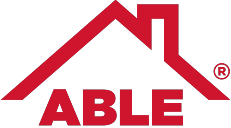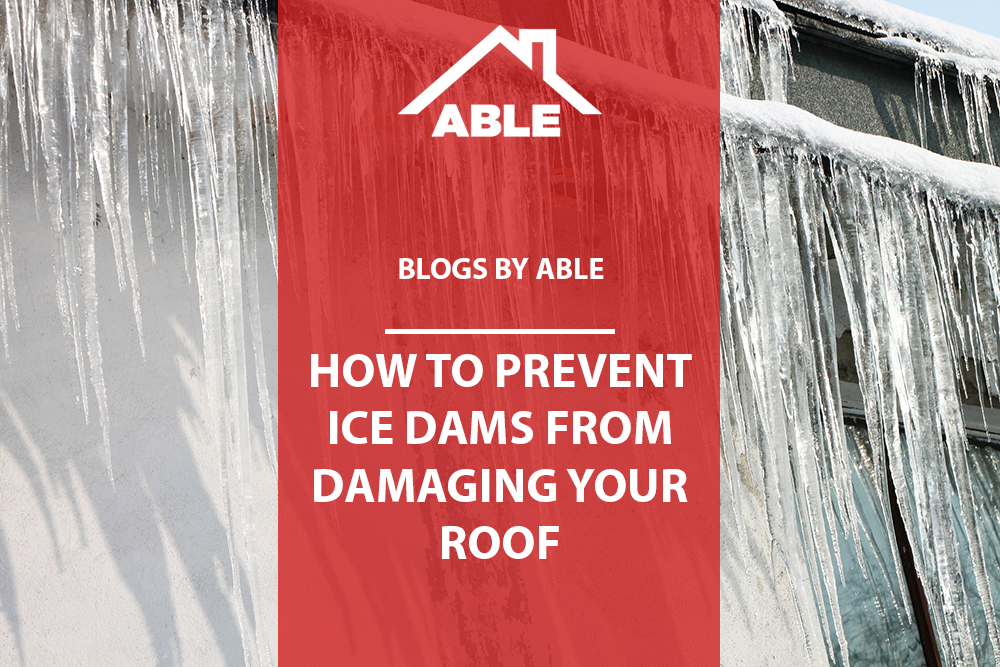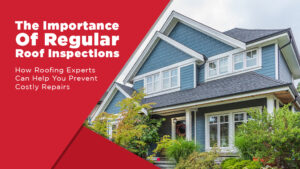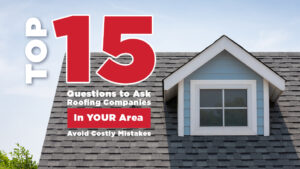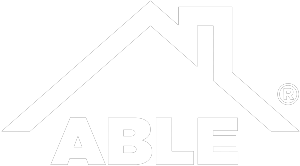If you live in a snowy region, ice dams are an unpleasant fact. You know they are going to happen, so your best course is to do as much as possible to slow them down. With the right steps and proper installation, you could even prevent them entirely. Read on to learn how you can stop ice dams in their tracks.
Cold Roof = No Ice Dams
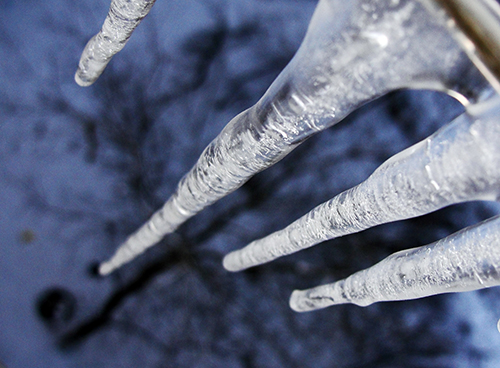 As snow melts off your roof, it flows down to the edge. If the lower part of the roof is colder than the upper portion, this runoff can freeze, form an icy rim, and after too much build-up, form ice dams. The right conditions must exist for this to happen, including an ambient temperature less than 32°F. When energy seeps through your ceiling and into your attic it can heat the upper part of your roof causing snow to melt. Once the dam forms, water gets stopped behind it, subjecting your roof to potential water damage. Here are some tricks to keeping your attic cool.
As snow melts off your roof, it flows down to the edge. If the lower part of the roof is colder than the upper portion, this runoff can freeze, form an icy rim, and after too much build-up, form ice dams. The right conditions must exist for this to happen, including an ambient temperature less than 32°F. When energy seeps through your ceiling and into your attic it can heat the upper part of your roof causing snow to melt. Once the dam forms, water gets stopped behind it, subjecting your roof to potential water damage. Here are some tricks to keeping your attic cool.
1. Close Attic Bypasses
Average homes lose as much as a third of their heat up into the attic through unblocked openings, drywall gaps, or gaps/cracks around fixtures, pipes, chimneys, access doors, or other ceiling penetrations. These leaks can be hard to eliminate, as you have to go up in the attic, move insulation around, and stuff the gaps using caulk, foam, or something else. Low roof angles make certain gaps almost impossible to reach. If you choose to do this during the summer months, you’ll have to deal with unbearable heat, as well.
2. Measure Insulation

Check the depth of insulation while looking for leaks. Building codes mandate 12 to 14 inches of insulation, either fiberglass or cellulose, in an attic. If your levels are below eight inches and ice dams are a problem for you, it’s time to add more. Hand-placed insulation is a lot harder to work with, so consider getting the blown-in version. This is a very complicated job, so it’s recommended you hire a professional to get this done right the first time.
3. Add Vents
Attics need to breathe as much as the rest of your house. Checking to make sure your roof has adequate ventilation can be complicated, so we recommend consulting a professional to make sure everything is installed correctly.
Some roofs are hard to vent, particularly homes with angled ceilings, skylight, no attics, flat dormers, or low slope roofs. In the case of installing insulation, air blowing it in can block air flow. Therefore, it’s important to have a professional do the work.
If you find yourself facing a lot of ice damming, we recommend you contact a roofing specialist to inspect your situation. They can figure out the best strategies to employ, recommend any repairs or installations you might need, and help you determine what you choose to do. Contact Able Roof today to schedule a consultation before ice dams strike your home.
